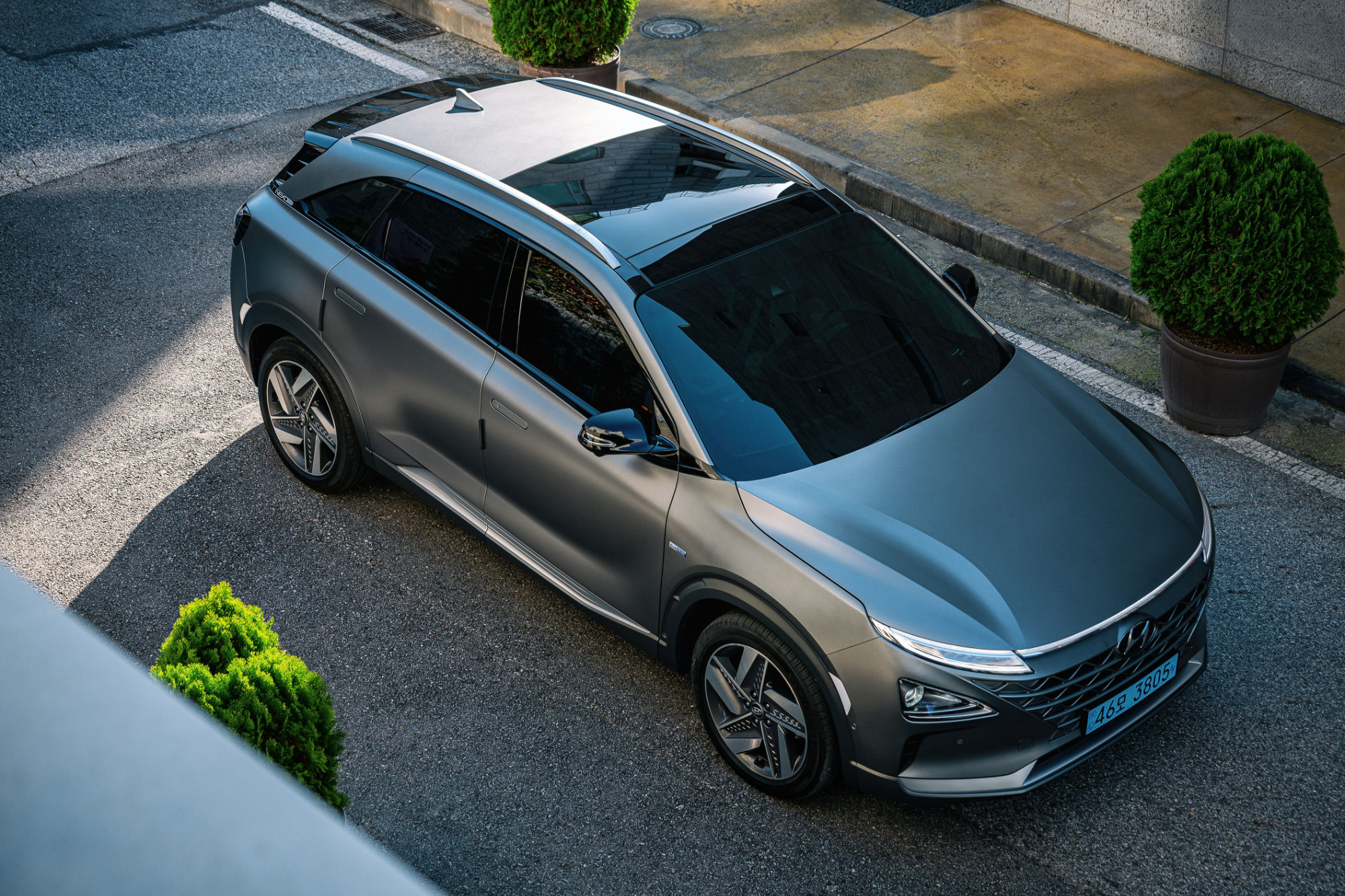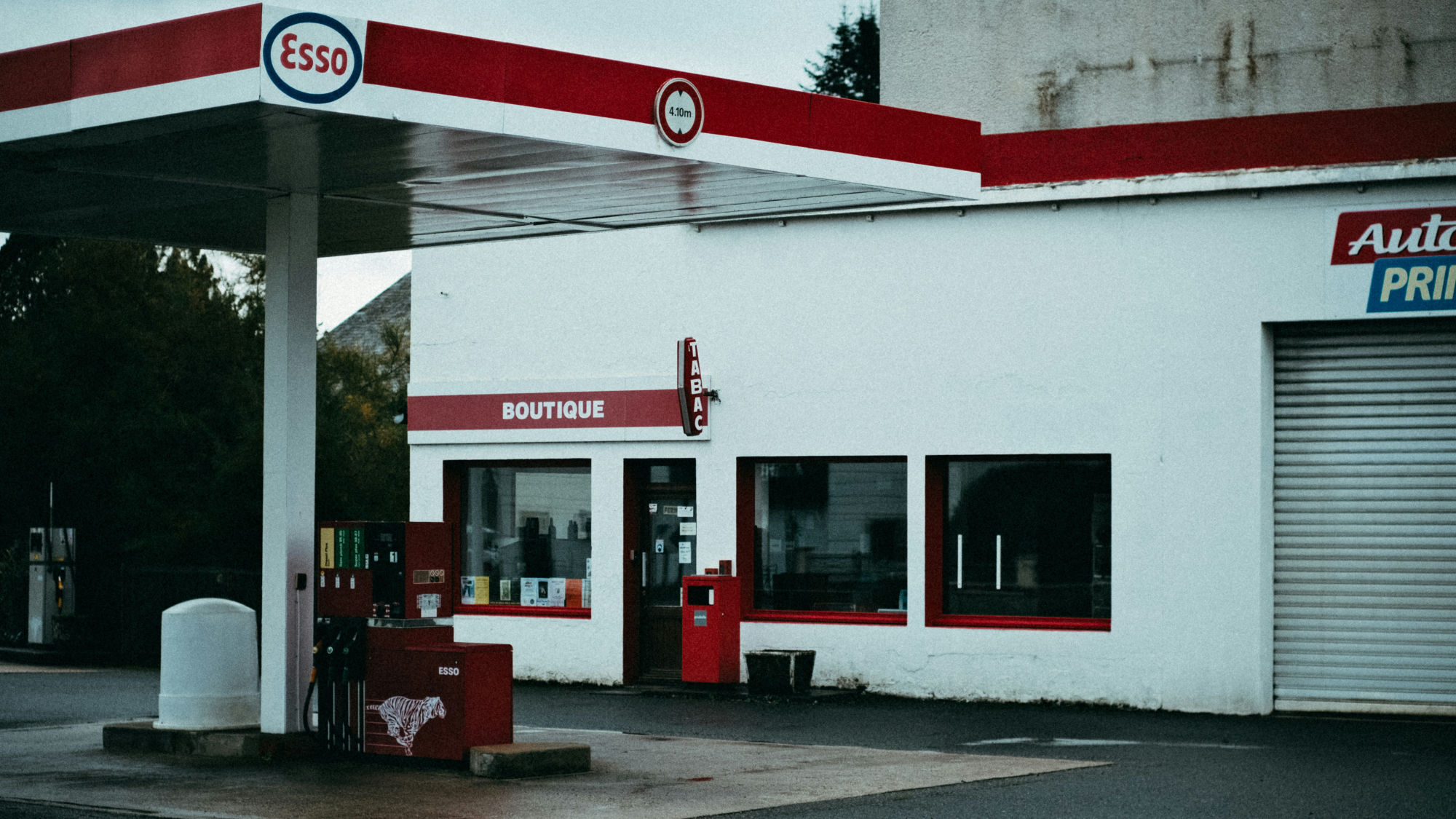Top 5 Budget-Friendly Cars for Great Fuel Economy (Europe, 2025)

If you’re shopping Europe’s small-car aisles for something that sips rather than slurps, this list is for you. We focused on models that are widely available across the EU/EEA/UK, easy on running costs, and efficient under the WLTP cycle (so you can compare apples to apples). You’ll find a mix of full hybrids, frugal petrols (often with mild-hybrid tech), and one standout budget EV—because “fuel” these days can also mean kilowatt-hours.
How we chose:
WLTP efficiency first. We prioritised official WLTP consumption/efficiency figures for comparability across markets.
Affordability. Entry pricing and cost to run matter; we favoured mainstream models with strong value and inexpensive servicing/tyres/insurance.
European relevance. All picks are current in European dealerships and meet modern emissions standards.
Real-world sanity check. Where useful, we note independent tests and databases alongside OEM figures.
1) Toyota Yaris Hybrid (HYBRID 115 / HYBRID 130)
Why it’s a winner
Toyota’s Yaris Hybrid is the benchmark for “small, sensible, and shockingly efficient.” Around town it spends a lot of time in EV mode, and on mixed routes its WLTP numbers remain stellar. Toyota’s hybrid system is proven, smooth, and great in traffic—perfect for city dwellers who also do the occasional motorway run.
WLTP snapshot
Fuel consumption (combined): 3.9–4.3 L/100 km (market/trim dependent).
CO₂: 88–98 g/km (combined).
Strengths
Class-leading economy without plug-in faff.
Predictable resale values and broad dealer support across Europe.
Relaxed, quiet city driving thanks to strong EV creep and regenerative braking.
Keep in mind
Boot is decent for a supermini, but rivals can offer a touch more space.
CVT-style power delivery can sound buzzy under hard acceleration.
Best for: Urban and suburban drivers who value reliability, painless efficiency, and strong residuals.
2) Renault Clio E-Tech Full Hybrid (145)
Why it’s a winner
Renault’s latest Clio pairs a clever multi-mode gearbox with a full-hybrid system that maximises electric running in town. It’s very efficient yet feels sprightly, and cabin tech has had a big lift in recent updates. If you want hybrid frugality with French style, this is it.
WLTP snapshot
Fuel consumption (combined): ~4.1–4.3 L/100 km (version-dependent).
CO₂: typically ~95–97 g/km (version-dependent).
Strengths
Excellent city efficiency (Renault quotes up to ~80% electric driving in town).
Lively character; the hybrid drivetrain feels more responsive than many expect.
Interior tech and safety kit are competitive in the class.
Keep in mind
Narrow boot opening vs some rivals.
Best economy happens when you let the hybrid do its thing—heavy feet dilute the magic.
Best for: Drivers who split time between city and ring-road and want a hybrid that still feels engaging.
3) Suzuki Swift Hybrid (12V mild hybrid)
Why it’s a winner
The new-gen Swift keeps it simple: light weight, small but characterful engine, and a standard mild-hybrid system. The result is excellent WLTP economy for a non-full-hybrid, plus low servicing and tyre costs. It’s also one of the easiest cars to park anywhere in Europe.
WLTP snapshot
Fuel consumption (combined): 4.4–4.9 L/100 km (model/trim dependent).
Strengths
Superb efficiency without hybrid complexity or cost of big batteries.
Lightweight feel makes city driving fun.
Typically strong reliability and straightforward maintenance.
Keep in mind
Cabin and boot are on the smaller side even for a supermini.
Mild-hybrid = no long EV running; it assists rather than replaces the engine.
Best for: Budget hawks who want near-hybrid economy with simple ownership and nimble city manners.
4) Škoda Fabia 1.0 TSI (115)
Why it’s a winner
Space, refinement, and honest efficiency. The Fabia’s 1.0-TSI three-cylinder is thrifty yet capable on the autobahn, and Škoda’s packaging gives you a bigger-car feel for small-car money. If you carry people or luggage often, it’s the pragmatic pick.
WLTP snapshot
Fuel consumption (combined): ~5.0–5.2 L/100 km for 1.0 TSI 115 (version/gearbox dependent).
UK mpg guidance: roughly 51–55 mpg UK across Fabia engines (≈ 5.1–4.9 L/100 km), depending on spec and wheels.
Strengths
One of the roomiest cabins/boots in the class.
Stable, grown-up motorway behaviour with good driver aids.
Broad service network (VW Group) and plentiful parts.
Keep in mind
Real-world consumption depends on gearbox and wheel size; bigger wheels nudge it upward.
No full-hybrid option; if you’re almost always in the city, a hybrid may beat it.
Best for: Families and road-trippers who want low running costs without sacrificing space or refinement.
5) Citroën ë-C3 (Comfort Range, 44 kWh)
Why it’s a winner
A genuinely affordable EV that doesn’t feel bare-bones. The ë-C3 undercuts many rivals on price while delivering everyday range and respectable efficiency. In markets with cheap night-rate electricity, its cost-per-km can embarrass even the thriftiest petrols.
WLTP/efficiency snapshot
WLTP range: up to ~300–324 km depending on trim/version.
Typical efficiency: about 16–17 kWh/100 km (database estimate; real-world varies with season and speed).
Fast charging: DC 20–80% in roughly ~26 minutes (claimed).
Strengths
Very low “fuel” cost if you can home-charge (especially on off-peak tariffs).
Comfortable ride and simple tech, aligned with the C3’s easygoing brief.
Access to Europe’s fast-growing public charging network.
Keep in mind
Winter range shrinks (true for all EVs)—plan for charging on longer trips.
Budget interior plastics in places; this is value-focused transportation.
Best for: Urban/suburban drivers who can charge at home/work and want the lowest energy costs per kilometre.
Quick buyer’s guide: which one should you choose?
Mostly city + stop-start traffic? Pick a full hybrid: Toyota Yaris or Renault Clio E-Tech. Their ability to crawl and cruise electrically in town is where the big savings live.
Mixed driving on a strict budget? Suzuki Swift Hybrid gives you near-hybrid numbers with simpler hardware and often lower insurance.
Space matters + regular motorway use? Škoda Fabia 1.0 TSI balances efficiency with room and stability.
Lowest cost per km with home charging? Citroën ë-C3 is the value EV sweet spot right now.
“Also consider” (budget heroes worth a look)
Dacia Sandero (TCe 90 / ECO-G 100) – If purchase price is your #1 metric, the Sandero is hard to beat. WLTP for the TCe 90 sits around ~5.2–5.4 L/100 km; the LPG ECO-G variant uses more fuel per 100 km (WLTP ~6.7 L/100 km on LPG) but can be cheaper per kilometre where LPG is widely available and taxed favourably. Always check local pump prices and availability before committing to LPG.
Hyundai i20 (1.0 T-GDi 48V) – Efficient small hatch with WLTP combined typically ~5.1–5.8 L/100 km, depending on power/gearbox. Good equipment and warranty support across Europe.
FAQ: WLTP vs real-world, and how to beat the label
Why WLTP?
WLTP is Europe’s standardised lab test, more realistic than old NEDC and comparable across brands. Still, tyres, wheels, options, and your route/climate affect results. Manufacturers publish WLTP so shoppers can compare under a common protocol.
Can I match the brochure figure?
Yes—if you drive smoothly, keep tyres at the right pressure, avoid unnecessary roof racks, and use Eco modes. Hybrids shine in town; EVs shine when you can pre-condition and charge smartly.
City or motorway—what changes?
Full hybrids (Yaris, Clio) excel in stop-start urban cycles; motorway speeds reduce the advantage.
Small turbo petrols (Fabia, i20) often close the gap on longer steady-speed drives.
EVs (ë-C3) are ultra-efficient in town but lose range faster at high speed and in winter.
The bottom line
If you want the best overall fuel economy without changing habits, start with a full hybrid: the Toyota Yaris Hybrid remains the class reference, while the Renault Clio E-Tech runs it very close and may appeal more if you want a plush cabin and French flair. On a tighter budget, the Suzuki Swift Hybrid gets you remarkably close on consumption with simpler tech. Need space and stability for longer trips? The Škoda Fabia 1.0 TSI is the pragmatic all-rounder. And if you can plug in at home, the Citroën ë-C3 will likely deliver the lowest cost per kilometre of the lot.
Whichever you choose, check WLTP figures for your exact trim/wheels, then test-drive on your typical route. Efficiency is real, but so is fit-for-purpose—and the best budget car is the one that drinks least and suits your life.


